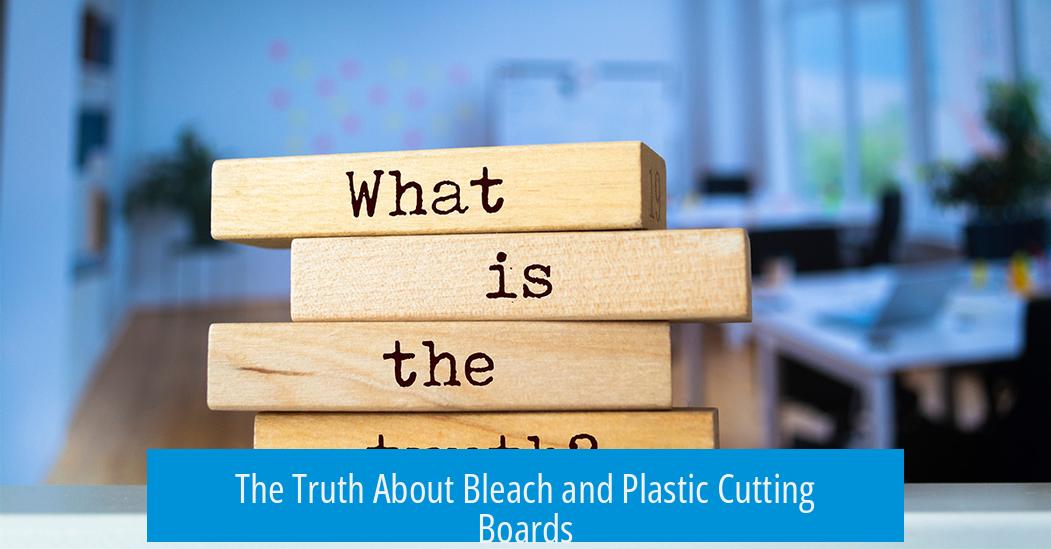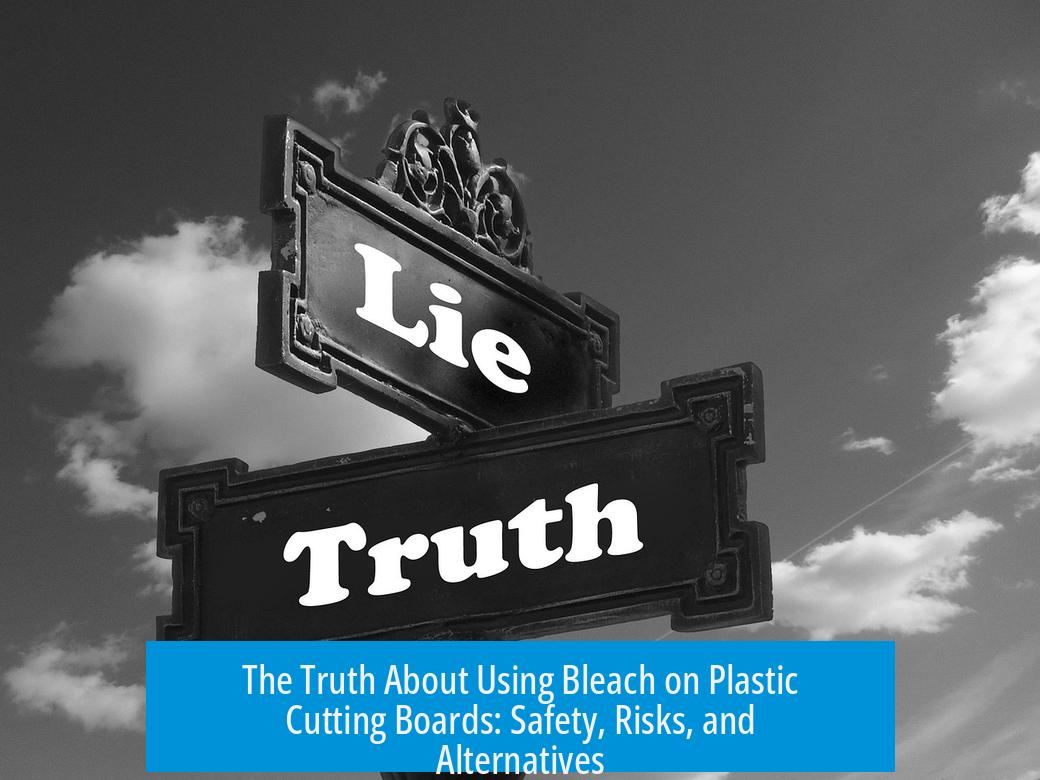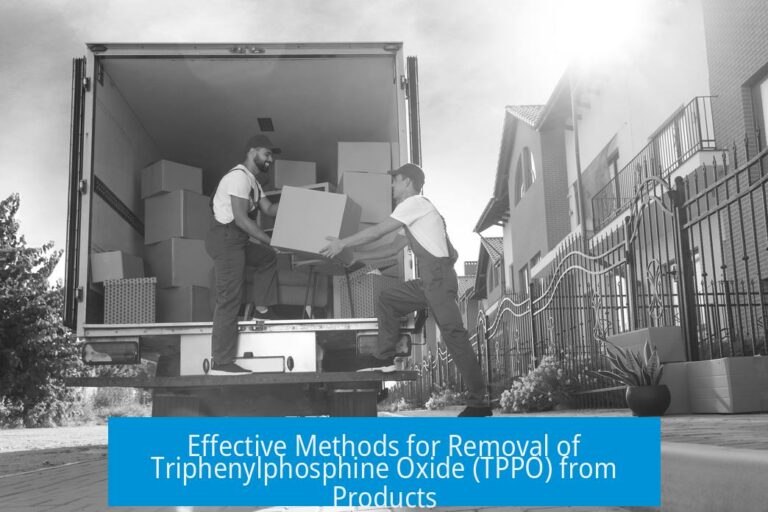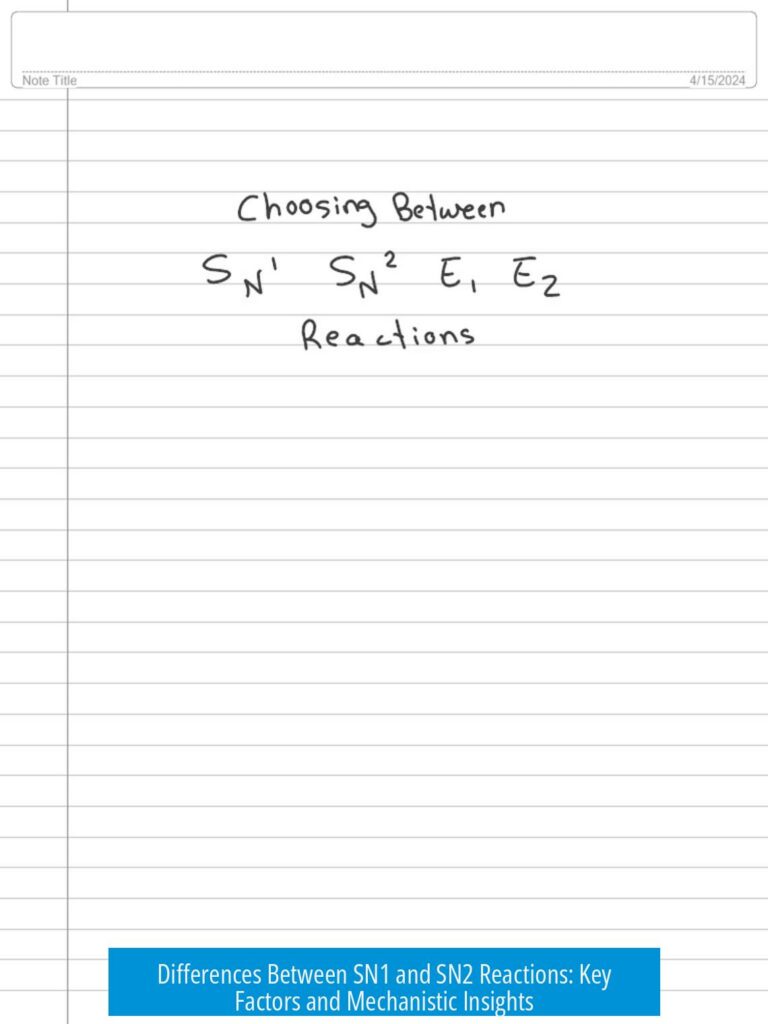The Truth About Bleach and Plastic Cutting Boards

Bleach is safe to use on plastic cutting boards when diluted and rinsed properly, as it does not chemically degrade the board or leave harmful residues. This truth emerges from the chemical compatibility of most plastic boards with bleach, the behavior of bleach in such applications, and the guidelines for correct use. Understanding these points clarifies common concerns surrounding bleach use on plastic cutting surfaces.
Chemical Compatibility of Bleach with Plastic Cutting Boards
Most plastic cutting boards are made from high-density polyethylene (HDPE). This is the same material used in many bleach containers, indicating inherent chemical tolerance between bleach and these types of plastics.
- HDPE does not chemically react or degrade upon contact with diluted bleach under normal household or commercial usage.
- Plastic cutting boards are non-porous; bleach solutions do not soak deeply into the surface.
- No verified scientific sources suggest that using diluted bleach creates toxic products or hazardous conditions on plastic boards.
This compatibility means bleach can effectively disinfect these boards without compromising their structural integrity or safety for food preparation.
Behavior of Bleach on Plastic Surfaces
Bleach—typically a sodium hypochlorite solution—is highly water soluble. It degrades when exposed to light and oxygen, breaking down into harmless compounds such as salt and oxygen.
- Any residual bleach left on boards dissipates quickly when exposed to air after proper rinsing.
- Trace amounts of chlorine can be absorbed by plastics in very minute quantities, though these traces are harmless and mostly detectable only by smell.
- When boards do not retain the bleach odor after washing, this signifies sufficient removal of bleach residues.
The rapid degradation of bleach and the limited penetration into plastic surfaces minimize any lasting chemical presence after cleaning.
Proper Use and Rinsing Procedures
Using bleach safely requires attention to dilution and thorough rinsing. Recommended practices ensure both effectiveness in sanitation and elimination of chemical residue.
Dilution
- Dilute bleach to 20% or less of household concentration for use on cutting boards, often around 150–200 mL of bleach per sink of water.
- This concentration balances disinfection strength and safety.
- Stronger solutions may not increase safety and could risk damage or excessive residue.
Application and Rinsing
- Apply the diluted solution to the plastic board and allow adequate contact time for disinfection.
- Wash the surface thoroughly with copious water afterward.
- Rinse until no bleach smell remains; this indicates effectively no residual bleach.
- If desired, a waiting period of 2–3 days before using the board again further ensures all residues have decomposed.
These practices render bleach entirely safe on plastic cutting boards. The combination of dilution and rigorous rinsing removes or neutralizes any potentially harmful residues.
Neutralizing Bleach Residue for Extra Safety
For those seeking additional reassurance, bleach residues can be neutralized chemically before final rinsing. This step is beneficial if any bleach odor persists or if rapid reuse is required.
- Hydrogen Peroxide (3%): Available at most drug stores, it reacts quickly with bleach, causing fizzing and neutralizing chlorine compounds.
- Ascorbic Acid (Vitamin C): Commonly used to neutralize bleach in treatment of drinking water; dissolving it in water creates a safe neutralizing solution.
After applying a neutralizing solution, rinse the board again with plain water. These methods accelerate bleach breakdown to harmless substances, ensuring a safe surface for food preparation.
Alternative Disinfectants for Plastic Boards
Some users prefer milder disinfectants due to concerns over bleach odor or residue. Alternatives include:
- Hydrogen Peroxide: Produces water and oxygen upon breakdown, leaving no harmful residues. Used by brewers for sterilization.
- Sodium Percarbonate: Sometimes called “oxygen bleach,” less harsh than sodium hypochlorite but effective.
These options provide reliable sanitation while avoiding chlorine-related concerns. However, properly used diluted bleach remains one of the safest and most effective disinfectants.
Practical Observations from Real-World Use
In environments requiring stringent hygiene such as hospital cafeterias, bleach is commonly used. Staff often clean utensils, cutting boards, and food surfaces with bleach solutions.
- The persistent, mild bleach smell on utensils or boards does not indicate harm when surfaces are dry.
- Hospital practices reflect regulatory confidence in bleach’s safety when used correctly.
- Bleach is preferred due to its powerful disinfectant properties and lack of toxic film residues compared to other cleaners.
This real-world evidence supports bleach’s reputation as a safe, effective sanitizer for plastic cutting boards when users follow recommended procedures.
Summary of Key Points
- Plastic cutting boards, made mostly of HDPE, are chemically compatible with diluted bleach.
- Bleach does not penetrate deeply or cause chemical toxicity in plastic boards.
- Bleach degrades rapidly in air and water; thorough rinsing removes residues.
- Neutralization with hydrogen peroxide or ascorbic acid further ensures bleach breakdown.
- Diluted bleach remains among the safest and most effective disinfectants when used properly.
- Hospital cafeterias and other sensitive environments routinely use bleach to sanitize plastic cutting surfaces without safety issues.
Is bleach safe to use on plastic cutting boards?
Yes. Most plastic cutting boards are made of HDPE, which is chemically compatible with diluted bleach. Bleach does not penetrate the surface deeply or cause toxicity when used properly.
Does bleach leave harmful residues on plastic cutting boards?
Bleach is water soluble and breaks down quickly when exposed to light and oxygen. Thorough rinsing until no bleach smell remains removes residues effectively.
How should I rinse my cutting board after using bleach?
Use plenty of water to rinse off bleach. Continue rinsing until you cannot smell or feel bleach on the board. If the board smells clean, it is safe to use.
Can I neutralize bleach residue on my cutting board?
Yes. You can rinse the board with 3% hydrogen peroxide or a vitamin C solution. These neutralize bleach quickly, making it safe for food contact.
Are there alternatives to bleach for disinfecting plastic cutting boards?
Hydrogen peroxide or percarbonate are mild alternatives. They sterilize effectively and leave no residue, as they break down into water and oxygen.
Why do hospital cafeterias use bleach on cutting boards?
Hospitals rely on bleach for its strong disinfecting power and safety. Bleach use on boards is common and considered safe despite the faint bleach odor.





Leave a Comment